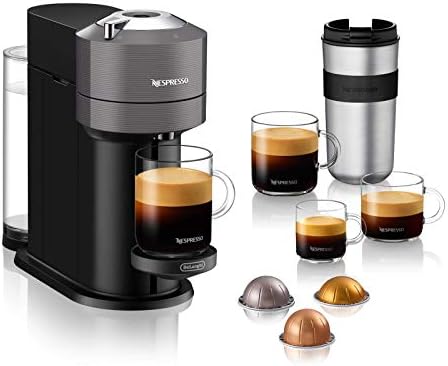Pour Over with Precision: Making the Most of Your Glass carafe coffee maker
Are you tired of mediocre coffee? Do you want to elevate your at-home coffee experience? If so, it’s time to explore the world of pour over coffee with precision using your glass carafe coffee maker. This method of brewing allows you to control every aspect of the coffee-making process, resulting in a perfectly customized cup of coffee each time. Keep reading to discover how to make the most of your glass carafe coffee maker and take your coffee game to the next level.
The Pour Over Process
Before we dive into the specifics of using a glass carafe coffee maker, let’s review the basic pour over process. The pour over method involves pouring hot water over coffee grounds in a slow, circular motion. This allows for even extraction and maximum flavor from the coffee. It’s a simple yet effective way to brew coffee at home and can be customized to suit your taste preferences.
Using a Glass Carafe Coffee Maker
A glass carafe coffee maker is an excellent choice for pour over brewing. The glass carafe allows you to monitor the coffee as it brews, ensuring that you achieve the perfect strength and color. To make the most of your glass carafe coffee maker, follow these steps:
- Grind your coffee beans to a medium coarseness.
- Place a coffee filter in the brew basket and rinse with hot water to eliminate any paper taste.
- Add the coffee grounds to the filter, making sure they are evenly distributed.
- Heat water to just below boiling (approximately 200°F).
- Slowly pour the hot water over the coffee grounds in a circular motion, starting from the center and moving outward. The water should be just off the boil and poured with a slow, steady hand to achieve an even extraction.
- Allow the coffee to drip into the glass carafe and serve immediately.
Precision Pour Over Techniques
To truly make the most of your glass carafe coffee maker, it’s essential to use precision pour over techniques. This involves controlling every aspect of the brewing process, including water temperature, pour rate, and timing. Here are a few tips for achieving precision pour over:
- Use a kettle with a narrow spout for precise pouring.
- Pre-heat your glass carafe to ensure the coffee stays hot after brewing.
- Experiment with different pouring speeds to find the optimal extraction rate.
- Keep track of your brewing time to maintain consistency.
FAQs
Q: Can I use pre-ground coffee with a glass carafe coffee maker?
A: While freshly ground coffee is preferred for pour over brewing, you can still achieve great results with pre-ground coffee. Just make sure the grind size is suitable for pour over (medium-coarse).
Q: What is the ideal water temperature for pour over coffee?
A: The ideal water temperature for pour over coffee is between 195-205°F. If you don’t have a thermometer, simply bring the water to a boil and let it cool for 30 seconds before pouring.
Q: How long should the total brewing time be for pour over coffee?
A: The total brewing time for pour over coffee can vary, but a good starting point is around 3-4 minutes. Adjust the time based on your taste preferences and the coffee’s characteristics.
Q: Can I use a reusable filter with a glass carafe coffee maker?
A: Yes, you can use a reusable filter with a glass carafe coffee maker. Just make sure to clean and maintain the filter properly to avoid any residual flavors affecting the coffee.
Q: How do I know if I’ve achieved a good pour over extraction?
A: A good pour over extraction will result in a coffee that is balanced, flavorful, and not overly bitter. Experiment with different pouring techniques and ratios to find the perfect extraction for your taste.
Now that you have a better understanding of pour over with precision and how to make the most of your glass carafe coffee maker, it’s time to put your newfound knowledge to the test. With a little practice and experimentation, you’ll be brewing barista-quality coffee in the comfort of your own home in no time.
“All images and products featured on this Blog.troca.cafe are the property of their respective owners. All rights to these materials are acknowledged and reserved.”
